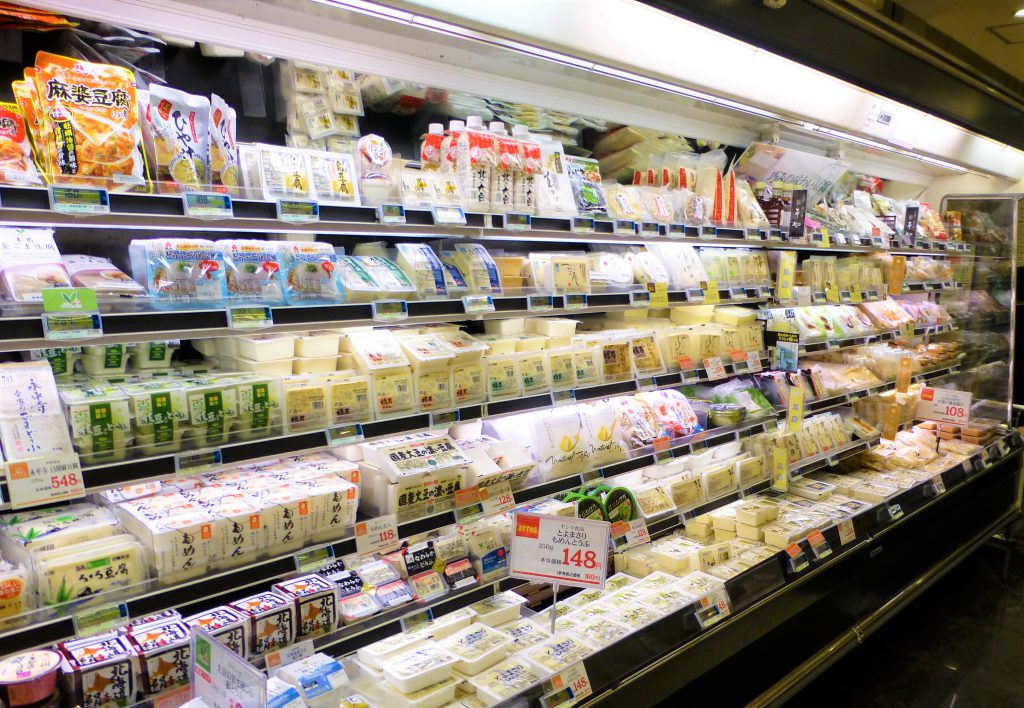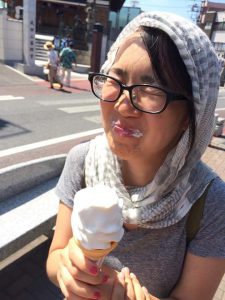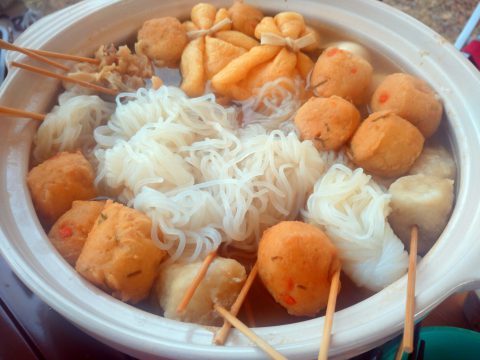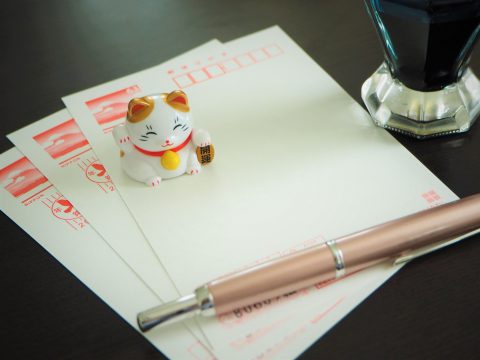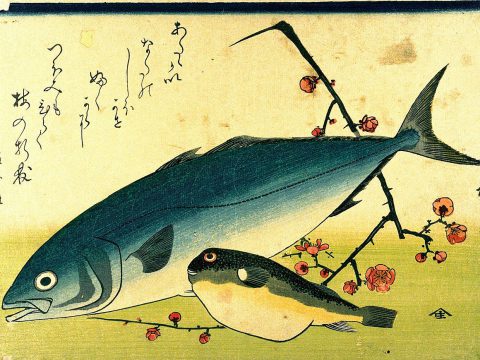Japanese Tofu 豆腐(とうふ)
JAPANESE FOODS
25.05.2021
Japanese Tofu
Tofu (豆腐), that white jiggly block is eaten in Japan as well as many parts of Asia for centuries. It comes fresh, fried, frozen, and dried, as well as in blocks, cubes, and tubes! And each can be eaten in all sorts of ways.
Tofu is made with soybeans, water, and nigari (Magnesium chloride, a coagulant produced from evaporated seawater). Tofu is made by soaking soybeans in water, pureeing the mixture, then boiling. Once the soy milk and pulp are separated, the soy milk is coagulated by nigari.
The flavor of fresh tofu is mild with a slightly bean-y taste. The color is white or off-white. Fresh tofu is packed in water. As it does not have a long expiration date, it should be consumed quickly. Unused tofu should always be submerged in water to avoid drying out. Fried tofu has a slightly longer expiration date and does not need to be in water, and dried tofu can be kept for months.
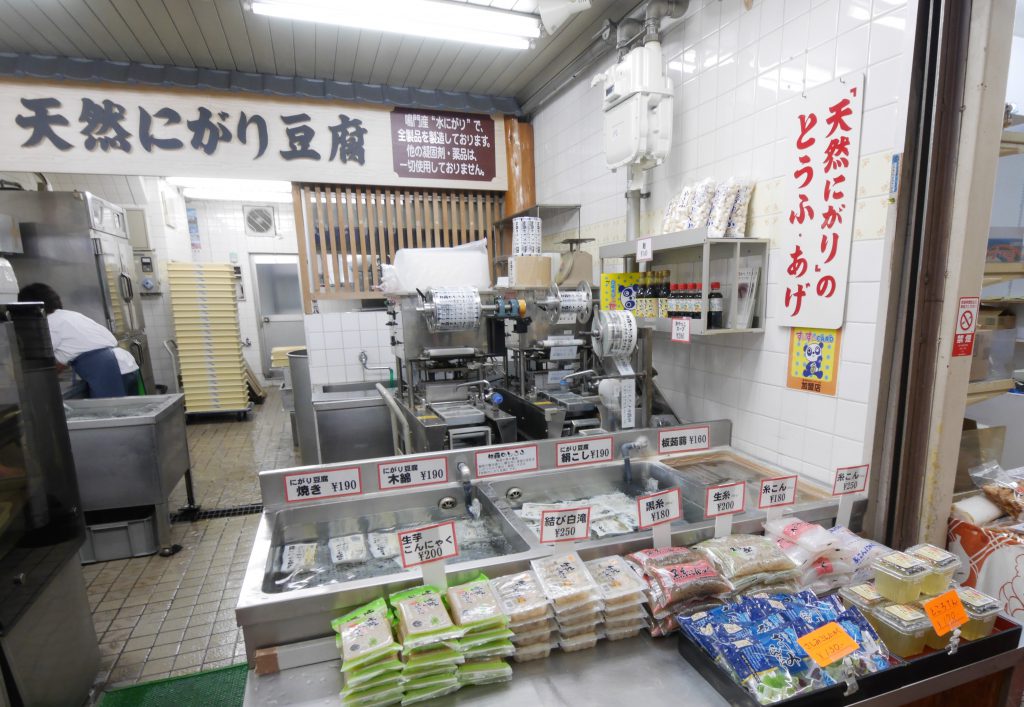
Tofu originates from China some 2,000 years ago and was introduced to Japan during the Nara era (710-794) when scholars and Zen Buddhist monks studying in China brought it back with them. It became an integral part of Shojin Ryori (精進料理; meatless Buddhist meal) for its high protein content and its popularity spread among the court nobility and samurai class.
It wasn’t until the Edo era (1603-1867) when tofu became widely available to the commoners. During the early Edo era, tofu production was heavily regulated, so it was expensive and only for festive occasions. But by the mid-era, tofu shops popped up around the major cities such as Edo (Tokyo), Kyoto, and Osaka.
Tofu can easily be found at any supermarket and convenience store, although it used to be sold at tofu specialty stores. Although the numbers are dwindling, you may be able to find a tofu shop in your neighbourhood! Fresh tofu made at these mom and pop stores is sublime, so if you’re able to get a hold of it, definitely give it a try!
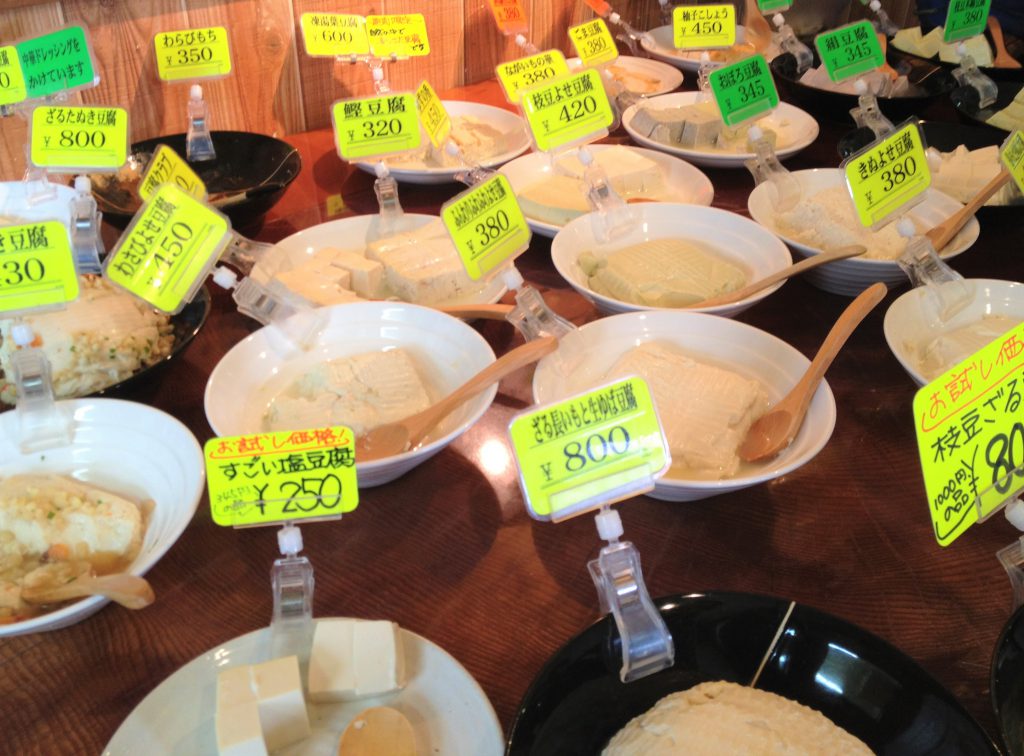
Let’s explore the variety of Japanese tofu! Here are some you may find at the supermarket:
Kinu Tofu/Kinugoshi Tofu (絹豆腐・絹ごし豆腐)
Kinu tofu or silken tofu (Kinu (絹) is the Chinese character for “silk”) is made by mixing soy milk and nigari, then heating the mixture until hardened. The resulting tofu is smooth, custard-like, and crumbles easily. It is usually eaten as is and usually not for cooking. It is sold in squares or rectangular blocks.
Momen Tofu (木綿豆腐)
Momen means “cotton,” but this refers to the cotton cloth that was traditionally used to press out water from the tofu. Momen tofu is firm and dense with a coarse texture. It is sold in square or rectangular blocks and can be eaten as is or cooked.
Yose Tofu/Sukui Tofu/Oboro Tofu/Zaru Tofu (寄せ豆腐・すくい豆腐・おぼろ豆腐・ざる豆腐)
An extra soft jiggly tofu made by mixing soy milk and nigari, this tofu is the best for eating as is. These types of tofu are very tender and not soaked in water like Kinu and Momen tofu.
Juten Tofu (充填豆腐)
Juten tofu is shelf-stable kinu tofu and packaged without water. It’s made with soybeans and nigari mixture seal packed and cooled in the container to harden. As it is pasteurized, it does not need refrigeration and therefore has a long expiration date.
Atsuage (厚揚げ)
Atsuage is momen tofu that’s deep fried for a golden brown exterior. It may be sold as blocks, cubes, or triangles.
Aburaage/Usuage (油揚げ・薄揚げ)
Made from thinly sliced momen tofu, aburaage undergoes deep-frying twice. When served on top of udon or soba noodles, the dish is called Kitsune udon or Kitsune soba. When seasoned and stuffed with rice, it’s Inari sushi. It may be refrigerated, frozen, or canned and can be found preseasoned.
Ganmodoki/Hiryouzu/Hiryuzu (雁擬き・飛竜頭)
Ganmodoki or Ganmo for short, are circular tofu fritters made with Momen tofu and a binder, usually Yamaimo (山芋; Japanese mountain yam). It contains chopped vegetables such as shiitake mushrooms, carrots, lotus root or burdock root, hijiki seaweed, or gingko nuts. Ganmodoki is the Kanto term and Hiryouzu/Hiryuzu 飛竜頭 is the Kansai term.
Koya Tofu/Kori Tofu (高野豆腐・凍り豆腐)
Found in the dried food aisle at the supermarket, Koya tofu (or Koyadofu) is freeze-dried tofu. The name refers to Mt. Koya in Wakayama prefecture, where it was supposedly first made. Not only is it highly nutritious and a pantry staple, but the spongy texture is excellent for soaking up delicious broths.
Yuba (湯葉)
Also known as “tofu skin,” Yuba is made by boiling soy milk until ribbon layers form on top. Yuba is a specialty in Kyoto and other regions, where it is considered a delicacy. It can be found refrigerated or dried. Fresh Yuba is tender whereas reconstituted dried Yuba has a rubbery texture.
